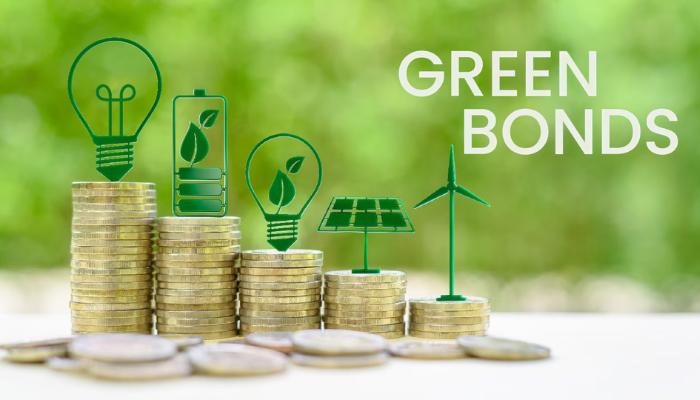Uncovering and exploring the secrets of Green Bonds
Green bonds, or green bonds, have gained prominence as a crucial financial tool in the pursuit of sustainable solutions.
In this comprehensive guide, we will explore from the basic definition to the details of how green bonds work, covering their benefits, eligibility criteria, issuance process, financed sectors, certification standards, market, investors, challenges, and regulation.
Definition of Green Bonds
Green bonds are debt securities issued by companies, governments, or financial institutions to finance projects and activities with positive environmental impact.
These projects may include renewable energy, energy efficiency, clean transportation, among others, and the funds raised are exclusively allocated to these purposes.
Benefits of Green Bonds
Green bonds offer a range of benefits for both issuers and investors. For issuers, they provide access to a new source of funding, enhance the company’s visibility as environmentally responsible, and can attract investors committed to sustainability.

For investors, they offer the opportunity to allocate their resources to projects with positive environmental impact while potentially earning competitive financial returns.
Eligibility Criteria
For a project to be eligible for green bond financing, it must meet certain environmental, social, and governance (ESG) criteria.
These criteria may include carbon emission reduction, natural resource conservation, respect for human rights, and transparency in information disclosure.
Issuance Process
The green bond issuance process involves several steps, from project identification and evaluation to bond issuance and placement in the market.
The issuer typically works with specialized consultants to ensure that the project meets the eligibility criteria and prepares a detailed prospectus to attract investors.
Financed Sectors and Projects
Green bonds finance a wide variety of sectors and projects, including renewable energy (solar, wind, hydroelectric), energy efficiency in buildings and industries, clean transportation (electric, public transportation), sustainable water and waste management, among others.
These projects contribute to the transition to a low-carbon economy and the mitigation of climate change.
Certification Standards
To ensure the integrity and transparency of green bonds, there are various certification standards, such as the Green Bond Principles and the Green Bond Standards.
These standards establish guidelines for project selection, evaluation, and disclosure, ensuring that funds are used efficiently and sustainably.
Green Bond Market
The green bond market has grown significantly in recent years, driven by increasing demand for sustainable investments.
Companies, governments, and financial institutions worldwide are issuing green bonds to finance projects with positive environmental impact.
The green bond market is expected to reach trillions of dollars in the coming years as more investors seek opportunities aligned with their environmental and social values.
Investors in Green Bonds
Investors in green bonds include a wide range of participants, from institutional investors such as pension funds and insurance companies to individual investors concerned with environmental issues.
These investors seek investment opportunities that align financial returns with positive environmental impact, contributing to the transition to a more sustainable and resilient economy.
Challenges and Criticisms
Despite the benefits, green bonds face challenges such as standardization issues, impact measurement, and greenwashing.
Some critics argue that eligibility criteria may be subjective and that not all projects financed by green bonds have a positive environmental impact.
Additionally, lack of transparency and adequate disclosure can undermine the integrity of green bonds and erode investor confidence.
Regulation and Government Incentives
To promote the green bond market, governments have implemented regulations and offered incentives such as tax exemptions and subsidies for issuers and investors.
These measures aim to stimulate the growth of the green bond market and incentivize investments in sustainable projects, contributing to the transition to a greener and more resilient economy.
Green bonds play a crucial role in the transition to a more sustainable economy, providing a source of funding for projects with positive environmental impact.
With increasing awareness of environmental issues, the green bond market is expected to continue expanding and attracting investors committed to sustainability.
By investing in green bonds, investors can contribute to building a greener and more resilient future for generations to come.



